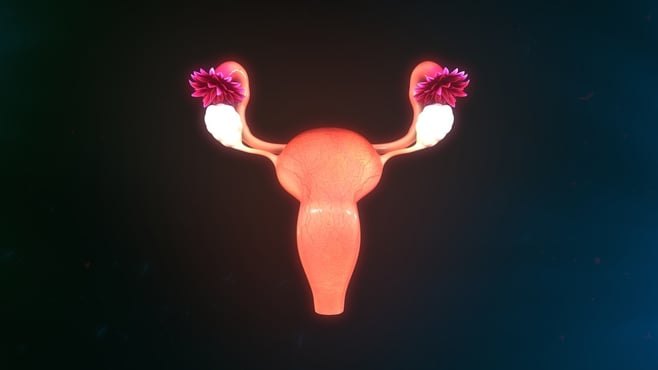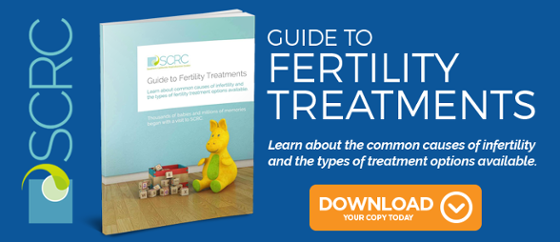Why Doesn t the Uterine Lining Continue to Become Thick After Day 14
A too-thin uterine lining can be a serious problem in IVF, leading to failed implantation or display irregularity in their lining and early pregnancy loss. There are several reasons why a woman might suffer from a thin lining. Some causes include: If your doctor determines that there is a specific anatomical issue that could be contributing to a thin endometrium, they may recommend treating the problem before trying to get pregnant. For example, minimally invasive surgery may be used to remove fibroids or repair a hydrosalpinx. In the case of endometritis, a course of antibiotics can help. For other types of problems, treatment usually involves trying supplemental estrogen and taking steps to improve blood flow to the pelvic region. It is possible for you to become pregnant with a lining that is less than 7 to 8mm thick, but to give you the best chance of success, your doctor might suggest that you attempt to thicken and improve your uterine lining before the embryo transfer procedure. Here are some ways to encourage the growth of your endometrium. Your doctor may suggest supplementary estrogen, either through the use of patches, suppositories, or oral pills. This is called "exogenous" estrogen, meaning that extra estrogen is being introduced into your system from the outside. In some cases, a doctor may recommend that you try a rFSH treatment such as Gonal-F to prompt your body to make more of its own estrogen. This is known as "endogenous" estrogen. In order to grow a thick endometrial lining, the uterus requires a good supply of blood. Improving blood flow throughout your body will improve the blood flow to your pelvic regions, and it is one of the best things you can do to encourage the growth of your endometrial lining. You don't need to overdo it: high intensity/high-impact exercise isn't necessary and usually isn't recommended for women undergoing IVF. But brisk walks, easy bike rides, gentle yoga classes or a half an hour on an elliptical machine at a moderate pace are all great ways to get your blood pumping. You can do this type of exercise every day without putting too much stress on your body. The use of supplements, vitamins, and herbs has not been proven to help thicken the uterine lining, but there are some studies which suggest that some may be helpful. For example, supplemental vitamin E and L-arginine may be associated with improvements in the endometrium, while vitamin D deficiency may play a role in implantation success. Just be sure to do your research and check with your fertility doctor before starting any new supplement. The ovarian stimulation cycle and egg retrieval process can be tough on your body and hormones. Some fertility experts suggest that women who have trouble with endometrial thickness might have a better chance of implantation if they freeze the embryos from their IVF cycle and postpone transfer until a month or two later, when their body has had a rest from the fertility medications. FET has a success rate which compares favorably to fresh embryo transfer, and in some cases, taking a break allows the reproductive system to "reset" and lets the body devote its energy to growing a thick endometrial lining. The IVF process can be demanding: when you are working so hard to try to conceive a baby, you want to do everything in your power to help your chances. You may even feel pressure to "grow a perfect endometrium." Above all, try to be gentle with yourself. Remember that you have a team of Los Angeles fertility experts on your side, and that every small step you take to improve your health counts. If your uterine lining isn't reaching the ideal thickness, that doesn't mean that pregnancy is impossible. There have been cases of women with linings as thin as 4mm who have gone on to have a healthy baby. If you are worried about a too-thin uterine lining, don't hesitate to ask your doctor for help and advice. There are many treatment options out there, and new research is being published all the time.  The lining of a woman's uterus, also called the endometrium, is where a developing embryo implants in the first days of a pregnancy. For women undergoing IVF, the thickness of this lining is very important. The fertility doctor will measure the thickness of the lining before the embryo transfer, to ensure that it is sufficiently thick to allow for implantation. A thick, receptive, nourishing uterine lining is the best possible environment for the embryo, and the ideal lining is at least 7 to 8mm thick and displays a "trilaminar" (or "three layered") appearance on an ultrasound.
The lining of a woman's uterus, also called the endometrium, is where a developing embryo implants in the first days of a pregnancy. For women undergoing IVF, the thickness of this lining is very important. The fertility doctor will measure the thickness of the lining before the embryo transfer, to ensure that it is sufficiently thick to allow for implantation. A thick, receptive, nourishing uterine lining is the best possible environment for the embryo, and the ideal lining is at least 7 to 8mm thick and displays a "trilaminar" (or "three layered") appearance on an ultrasound.

1. Take estrogen supplements.
2. Focus on blood flow.
3. Investigate nutritional supplements.
4. Think about Frozen Embryo Transfer (FET)
Reaching the ideal endometrium thickness

Source: https://blog.scrcivf.com/thicken-endometrium-uterine-lining-ivf
0 Response to "Why Doesn t the Uterine Lining Continue to Become Thick After Day 14"
Post a Comment